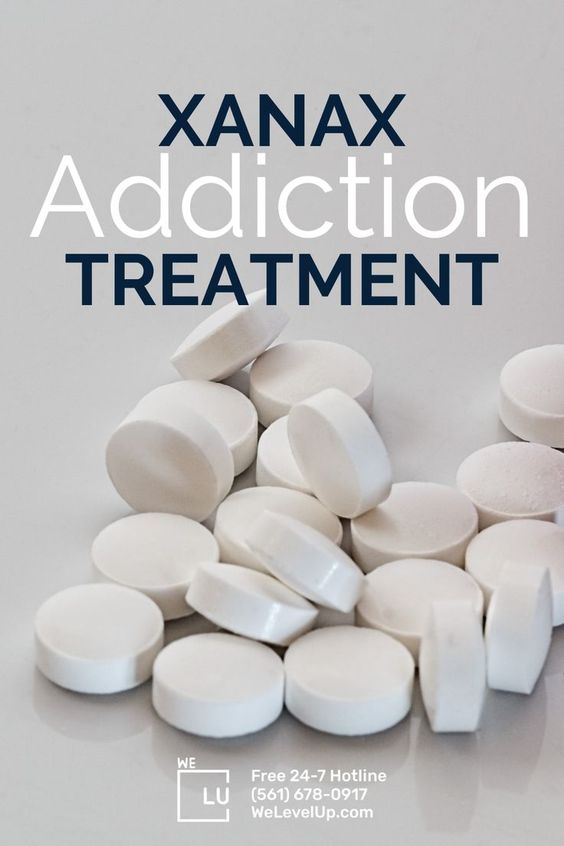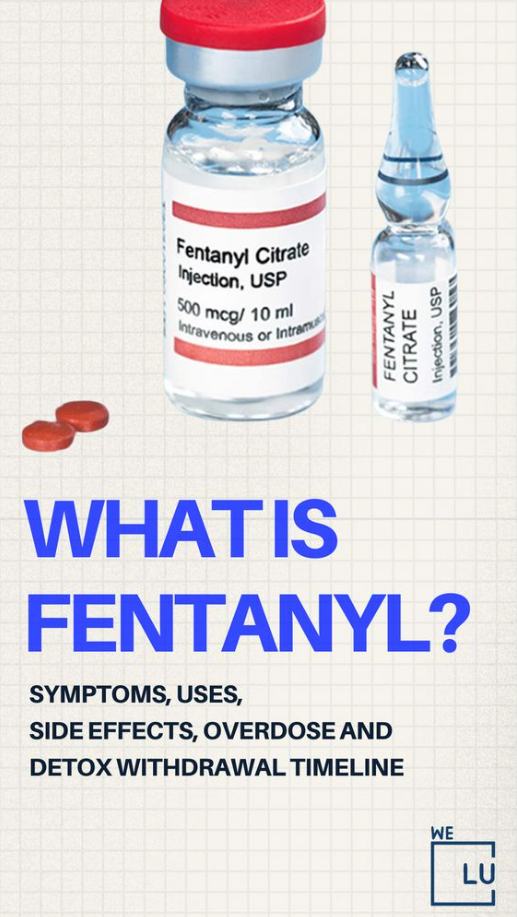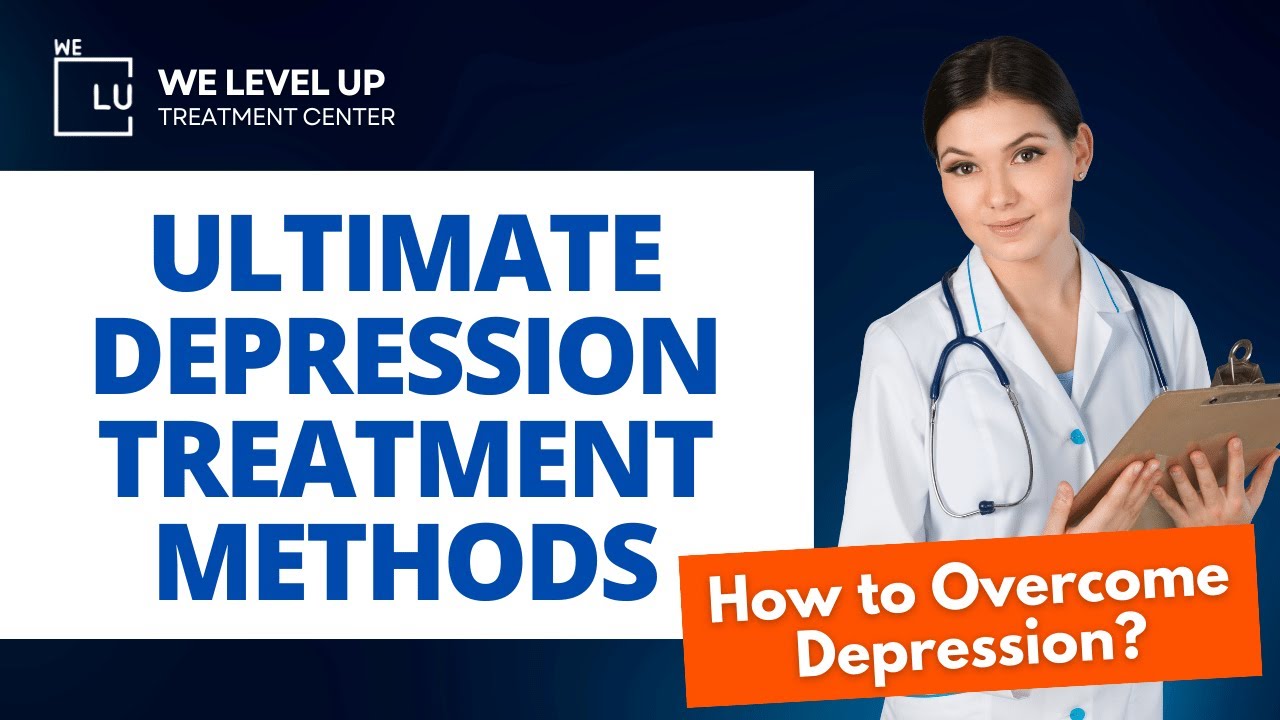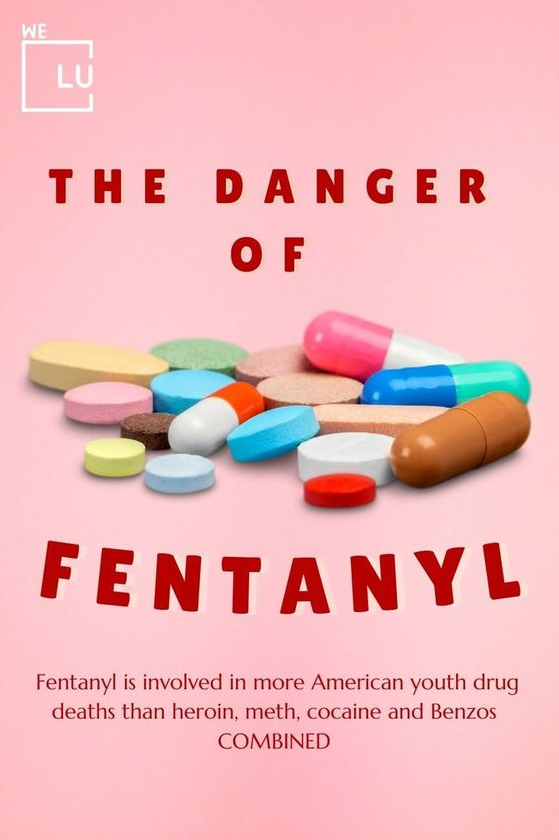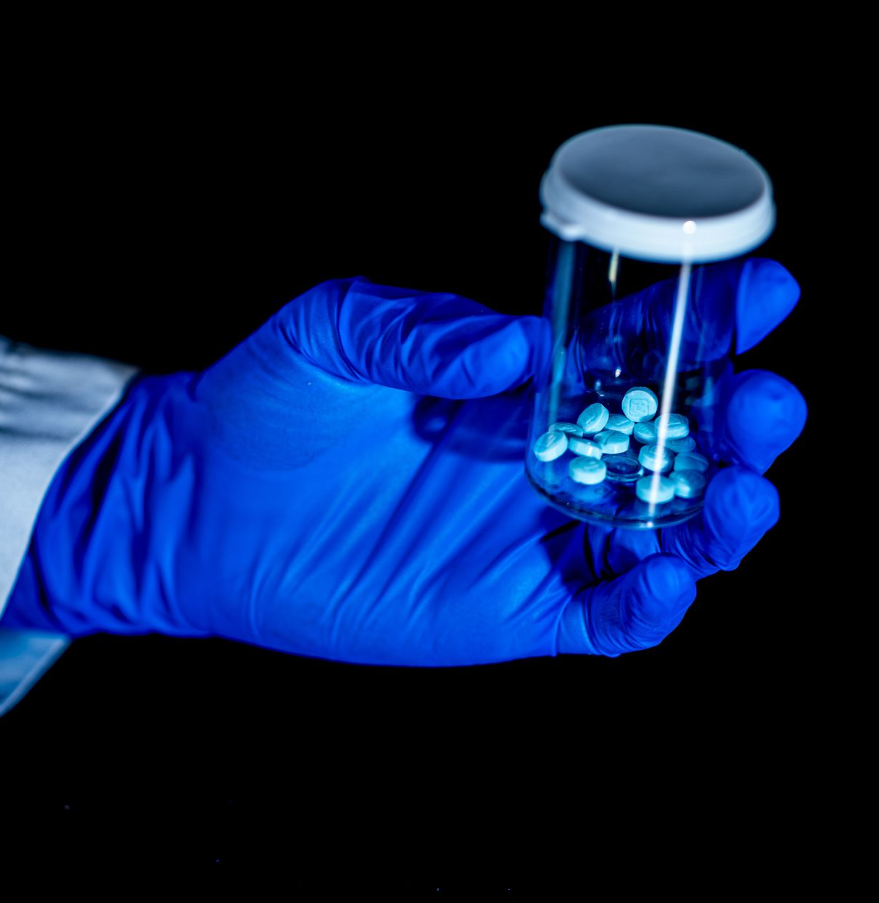Doctors still recommend narcotic painkillers, even though opioid abuse is less common than it was a decade or two ago because of changes to the law and more awareness about it. Even though they can be abused, narcotics are still necessary for people with cancer, chronic pain, or who have recently had major surgery because they often relieve pain better than other medicines.
But it’s important not to forget the big chance of having substance abuse problems. If your doctor recommends hydrocodone or oxycodone for you or a family member, we can help you understand how they are different and how they are the same.
If you or someone you know is suffering from Hydrocodone vs Oxycodone substance abuse or withdrawals, the We Level Up Treatment Centers can help. Speak with our hotline specialists and discover the support and professional-accredited addiction treatment programs we offer.
What is Hydrocodone?
It is a frequently prescribed pain relief medication falling under the opioid category. It binds to brain and spinal cord receptors, thereby reducing pain sensations.
To increase its effectiveness, hydrocodone is often combined with acetaminophen. Although primarily available in tablet or capsule form for oral consumption, pure hydrocodone is typically restricted to hospital settings and may sometimes be administered via injection for a quicker response.
While remarkably efficient in alleviating pain, hydrocodone is categorized as a Schedule II controlled substance in the United States due to its high potential for abuse and addiction. Therefore, it’s crucial to use this medication strictly as directed by a healthcare professional and store it securely to prevent misuse.
What Is Oxycodone?
Oxycodone is a powerful pain medication categorized as a Schedule II opioid.
Much like Hydrocodone, it interacts with specific pain receptors in the central nervous system to alleviate pain sensations in individuals. Although often used under proper medical guidance, it holds a high risk for abuse and addiction, especially among those who misuse it for non-medical reasons.
Usually found in tablet or capsule form, oxycodone may also come in a liquid solution for injection either intravenously or intramuscularly. Both hydrocodone and oxycodone are available in various formulations and strengths.
How Are Hydrocodone and Oxycodone Similar?
Hydrocodone and oxycodone, both Schedule II semi-synthetic opioids, share several similarities. Prescribed for alleviating moderate to severe pain, they possess similar chemical structures. Their action involves binding to opioid receptors in the brain, disrupting pain signals, and affecting breathing and digestion. Both drugs carry a high risk of addiction and should only be used as directed by a healthcare provider.
Apart from potential positive effects such as pain relief and inducing a sense of euphoria, these medications may have adverse side effects, including:
- Irregular heartbeat.
- Hives.
- Dry mouth.
- Nausea.
- Vomiting.
- Swelling in the face, including lips and tongue.
- Difficulty breathing.
How Are Hydrocodone and Oxycodone Different?
The contrast between hydrocodone and oxycodone lies in their predominant side effects. Hydrocodone commonly induces tiredness, while oxycodone tends to cause constipation.
Both drugs exhibit remarkable similarities regarding their efficacy in pain relief or in producing feelings of euphoria and pleasure. The individual’s history of substance use, weight, the specific formulation (instant-release or time-release), and dosage are more influential in determining the drug’s effects than a distinct variance between the two. However, individuals who misuse opioids often favor oxycodone formulations such as Oxycontin, Roxicet, and Percocet.
For someone recovering from surgery and experiencing acute pain, opting for hydrocodone over oxycodone might be a marginally less risky choice.
| Differences | Hydrocodone | Oxycodone |
|---|---|---|
| Common Side Effects | Tiredness | Constipation |
| Efficacy & Pleasure | Similar in pain relief & euphoria | Similar in pain relief & euphoria |
| Preference in Misuse | Less Misused | Often Misused |
| Consideration for Acute Pain | Potentially less risky choice | Equally considered |
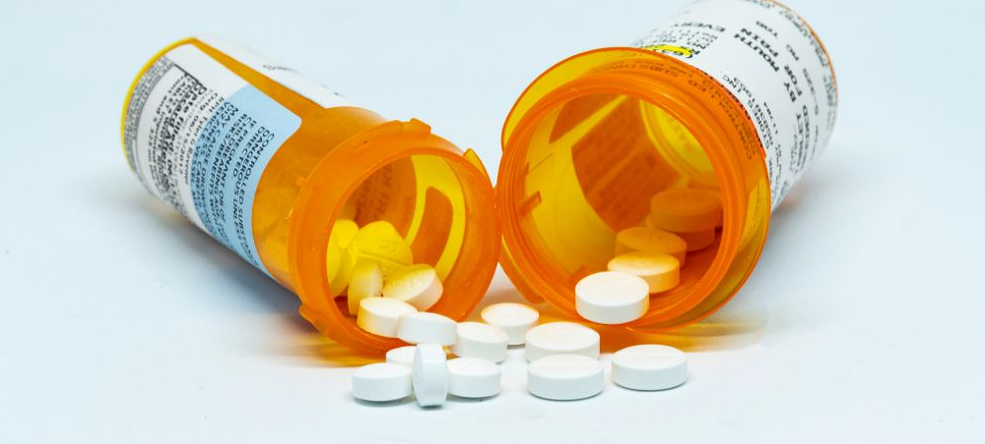
Skip To:
Learn More:
- Vicodin vs Norco, What’s The Difference & How Do They Compare?
- How Long Does Hydrocodone Stay in Urine?
- What is Norco? Norco Drug For Severe Pain Information
- The Dangers of Hydrocodone Addiction, Symptoms & Treatment
- Hydrocodone Side Effects, Uses, Addiction and More
- Is Oxycodone Addictive
- What Is Oxycodone?
- Oxycodone Side Effects
- Opiate Withdrawal
- Opioid Withdrawal Timeline
- Opioid Withdrawal Symptoms
- Tramadol vs Oxycodone: Which is Better? Side Effect Comparison
- Oxycodone Dosage Guide, Precautions, and Max Dose
- Oxycodone Vs Oxycontin. Differences & Similarities, Abuse & Treatment Options
Get Help. Get Better. Get Your Life Back.
Searching for Accredited Drug and Alcohol Rehab Centers Near You? We Level Up Texas Is Opening Soon!
Even if you have failed previously and relapsed, or are in the middle of a difficult crisis, we stand ready to support you. Our trusted behavioral health specialists will not give up on you. When you feel ready or just want someone to speak to about therapy alternatives to change your life call us. Even if we cannot assist you, we will lead you to wherever you can get support. There is no obligation. Call our network hotline today.
FREE Addiction Hotline – Call 24/7What’s The Difference Between Hydrocodone and Oxycodone?
Oxycodone
Who it’s for:
Oxycodone is specifically intended to manage moderate to severe pain. Patients typically use this medication around the clock under a doctor’s guidance, not for sporadic use as with over-the-counter pain relief.
Drug Class & Action:
Previously categorized differently, both hydrocodone and oxycodone now fall under Schedule II drugs as of fall 2014. This classification signifies a high potential for misuse but acknowledges their accepted medical application. Due to this, close monitoring by a healthcare professional is essential.
Forms and Dosage:
Oxycodone is available in its pure form as OxyContin tablets. These tablets are taken orally and come in various strengths. The dosage depends on the intensity of the individual’s pain.
Hydrocodone
Who it’s for:
Hydrocodone serves the purpose of addressing moderate to severe pain resulting from chronic ailments, injuries, or post-surgical conditions. Its usage is strictly according to a doctor’s prescription due to the risk of addiction.
Drug Class & Action:
Similar to oxycodone, hydrocodone shifted to Schedule II drugs in 2014. This classification reflects a high potential for misuse but recognizes its legitimate medical usage. Consequently, careful supervision by a healthcare professional is advised.
Forms and Dosage:
Pure hydrocodone is available in an extended-release form known as Zohydro ER. Administered orally, these capsules release the medication slowly over an extended period. The dosage regimen typically involves taking a capsule every 12 hours and is often utilized for long-term pain management.
Get Help. Get Better. Get Your Life Back.
Searching for Accredited Drug and Alcohol Rehab Centers Near You? We Level Up Texas Is Opening Soon!
Even if you have failed previously and relapsed, or are in the middle of a difficult crisis, we stand ready to support you. Our trusted behavioral health specialists will not give up on you. When you feel ready or just want someone to speak to about therapy alternatives to change your life call us. Even if we cannot assist you, we will lead you to wherever you can get support. There is no obligation. Call our network hotline today.
FREE Addiction Hotline – Call 24/7
Explaining The Highly Addictive Nature of Oxycodone and Hydrocodone
Oxycodone and hydrocodone, extensively prescribed painkillers in the United States, possess a notably high risk of fostering dependency. Classified as opioids, these medications interact with the brain’s reward system, triggering sensations of euphoria. By obstructing or altering the brain’s opioid receptors and pain signals, they induce pleasurable feelings.
The addictive nature of these drugs manifests swiftly, often leading to dependency. Moreover, prolonged use can result in tolerance, compelling individuals to escalate their doses to attain the same pain relief.
This cycle of escalating dosage establishes both physical and psychological reliance on the drug, making discontinuation a formidable challenge.
Disturbingly, statistics from the United States Department of Justice indicate that a staggering 13 million Americans, some as young as 12 years old, abuse oxycodone. The 2016 National Survey on Drug Use and Health (NSDUH) also highlights that 6.9 million individuals aged 12 and above in the U.S. misuse hydrocodone. These figures underscore the severity of the issue.
As opioid abuse escalates across the nation, it becomes imperative to comprehend the associated risks and exercise caution when utilizing these drugs. Vigilance in recognizing signs of addiction or overdose is crucial to intervene before the situation spirals out of control.
Cautions and Interactions for Oxycodone and Hydrocodone
Consultation Prerequisite:
Before initiating the use of these potent pain medications, it is imperative to consult your doctor regarding your medical history and any existing health conditions.
Precautions for Specific Conditions:
Individuals with asthma or breathing issues may need to avoid these medications entirely. Similarly, due to the heightened risk of increased constipation, those with blockages or constipation difficulties should consider avoiding oxycodone or hydrocodone.
Guidelines for Taking Oxycodone and Hydrocodone
Oxycodone Usage:
- Take oxycodone every 4 to 6 hours, as required, to manage pain. If it includes additional medications like acetaminophen, aspirin, or ibuprofen, follow the same frequency.
- Extended-release versions necessitate administration once or twice a day for sustained relief.
- Consult your doctor regarding whether to take these medications with or without food. Ensure sufficient water intake when swallowing extended-release capsules or tablets.
- Avoid discontinuing these medications abruptly without consulting your doctor. Abrupt cessation, especially after regular usage, can lead to withdrawal symptoms like headaches and irritability.
Hydrocodone Usage:
- Extended-release capsules are typically taken every 12 hours, while the extended-release tablet is usually consumed once daily.
- Similar to oxycodone, seek guidance from your doctor concerning the consumption of these medications with or without food. Adequate water intake is recommended when ingesting extended-release capsules or tablets.
Start a New Life
Begin with a free call to an addiction & behavioral health treatment advisor. Learn more about our dual-diagnosis programs. The We Level Up treatment center network delivers recovery programs that vary by each treatment facility. Call to learn more.
- Personalized Care
- Caring Accountable Staff
- World-class Amenities
- Licensed & Accredited
- Renowned w/ 100s 5-Star Reviews
We’ll Call You
Effectiveness of Oxycodone and Hydrocodone
Pain Relief Efficacy:
Both oxycodone and hydrocodone stand as potent pain relievers, highly effective in managing pain.
Comparative Study:
A study conducted in 2005 comparing the efficacy of both drugs revealed their equal effectiveness in treating pain induced by fractures. Participants reported equivalent pain relief 30 and 60 minutes post-medication intake. Notably, individuals using hydrocodone experienced constipation more frequently than those using oxycodone.
Potency Comparison:
In a 2009 study, the combination of oxycodone and acetaminophen proved to be 1.5 times more potent than hydrocodone combined with acetaminophen when administered at equal doses.
Cost Considerations of Oxycodone and Hydrocodone
Brand and Generic Availability:
Both medications are available in brand-name and generic forms, with generics typically being more cost-effective. Considering the cost-saving potential, opting for generic alternatives might be preferred.
Consultation Before Switch:
Before transitioning to generics, consulting your healthcare provider is crucial. Generic versions might contain differing ratios of active and inactive components.
FDA Standards for Generics:
Generic medications approved by the Food and Drug Administration (FDA) maintain the same strength of active ingredients but might deviate in inactive components.
Cost-Reduction Measures:
In instances where brand-name drugs are necessary but cost-prohibitive, exploring prescription drug insurance and available coupons could significantly alleviate expenses. Your pharmacist can provide insights into potential savings and eligible offers.

Opening Soon! First-Class Facilities & Amenities
World-Class High-Quality Addiction & Mental Health Rehabilitation Treatment
Coming Soon! Rehab Centers TourRenowned Addiction Centers. Serene Private Facilities. Inpatient Rehab Programs Vary.
FREE Addiction Hotline – Call 24/7Proven recovery success experience, backed by a Team with History of:
- 15+ Years Experience
- 100s of 5-Star Reviews
- 10K+ Recovery Successes
- Low Patient to Therapist Ratio
- Onsite Medical Detox Center
- Comprehensive Dual-Diagnosis Treatment
- Complimentary Family & Alumni Programs
- Coaching, Recovery & Personal Development Events
Oxycodone and Hydrocodone Medication-Related Statistics
Despite declining prescription rates, opioid overdose deaths remain a significant public health concern. Many opioid-related deaths are attributed to the misuse of prescription opioids or illicit opioids, such as heroin and fentanyl. Unfortunately, Norco hydrocodone is included in the problem.
There is a need for increased access to evidence-based treatments for opioid use disorder, such as medication-assisted treatment (MAT) and behavioral therapies, to address the addiction crisis effectively.
1.6 Million
An estimated 1.6 million people in the US were reported to have opioid use disorder in 2019, indicating a diagnosed addiction to opioids.
Source: NCBI
70%
In 2020, over 69,000 drug overdose deaths in the US, and approximately 70% involved opioids.
Source: CDC
18%
In 2019, only about 18% of people with opioid use disorder received specialty treatment for their addiction.
Source: NSDUH
Oxycodone and Hydrocodone Addiction Treatment
Helping the over 2.5 million Americans who are dependent on opioids requires a treatment program that is well-versed in painkillers and knows how to alleviate withdrawal symptoms. Programs range in duration and intensity, so it’s crucial to do homework to discover the right fit.
Listed below are a few of the most popular treatment choices.
Upon completing detox, individuals may undergo various therapies and treatments as part of an extensive treatment plan. Rehab after detox is crucial for addressing underlying addiction causes. Rehab occurs in different settings:
- Residential or Inpatient Rehab: This involves residing onsite throughout treatment, receiving constant care, and participating in diverse therapies. Suited for severe addiction cases or those lacking supportive home environments.
- Outpatient Rehab: Requires traveling to the facility for treatment and returning home afterward. Suitable for individuals with supportive environments and reliable transportation.
Ongoing medication maintenance is integral for maintaining sobriety and averting relapse. Medications like methadone, buprenorphine, or naltrexone may be part of this maintenance. Naltrexone, functioning as an opioid antagonist, blocks opioid effects, preventing highs if opioids are used again.
Treatment for opioid use disorder encompasses diverse therapies and supports:
- Counseling: Addresses addiction-related issues.
- Behavioral Therapies: Cognitive-behavioral therapy (CBT), contingency management (CM), or motivational interviewing foster positive behavioral changes.
- Family Therapy: Repairs relationships affected by addiction.
- Vocational Training: Assists in employment post-rehab.
- Case Management: Aids with social services such as securing basic needs and legal aid, allowing individuals to focus on recovery.
Aftercare is essential for ongoing recovery. Post-treatment, participating in individual counseling, mindfulness-based relapse prevention (MBRP), attending support groups like Narcotics Anonymous (NA), utilizing recovery apps, or engaging in recovery management checkups with treatment providers are beneficial.
Comprehensive treatment should address substance use and associated medical, psychological, social, vocational, and legal issues tailored to individual needs.
Why Choose Level Up Treatment Center?
At Level Up Treatment Center, our dedicated team of professionals is committed to guiding you through every step of your recovery journey. We prioritize your well-being and provide a nurturing environment conducive to healing and growth.
Take the first step towards recovery today. Contact us to begin your journey to a drug-free life. You don’t have to face addiction alone—we are here to help you reclaim control and achieve lasting sobriety.
Start a New Life
Begin with a free call to an addiction & behavioral health treatment advisor. Learn more about our dual-diagnosis programs. The We Level Up treatment center network delivers recovery programs that vary by each treatment facility. Call to learn more.
- Personalized Care
- Caring Accountable Staff
- World-class Amenities
- Licensed & Accredited
- Renowned w/ 100s 5-Star Reviews
We’ll Call You
How Long Do Opiates Stay in Your System?
Search We Level Up TX Hydrocodone vs Oxycodone, Unveiling The Differences Topics & Resources
Sources
- Broussard CS, et al. (2011). Maternal treatment with opioid analgesics and risk for birth defects.
https://www.ajog.org/article/S0002-9378(10)02524-X/fulltext - Combunox (oxycodone HCl and ibuprofen) tablets. (2005). is oxycodone stronger than hydrocodone
https://www.accessdata.fda.gov/drugsatfda_docs/nda/2004/021378s000_combunoxtoc.cfm - Drug scheduling. (n.d.).
https://www.dea.gov/drug-information/drug-scheduling oxycodone vs hydrocodone, which is stronger oxycodone or hydrocodone – Related Articles - Information page: FDA approves extended-release, single-entity hydrocodone product with abuse-deterrent properties. (2018).
https://www.fda.gov/drugs/postmarket-drug-safety-information-patients-and-providers/information-page-fda-approves-extended-release-single-entity-hydrocodone-product-abuse-deterrent Hydrocodone vs oxycodone, oxycodone vs hydrocodone, The difference between oxycodone and hydrocodone – Related Articles - Key substance use and mental health indicators in the United States: Results from the 2020 National Survey on Drug Use and Health. (2021).
https://www.samhsa.gov/data/sites/default/files/reports/rpt35325/NSDUHFFRPDFWHTMLFiles2020/2020NSDUHFFR1PDFW102121.pdf Hydrocodone vs oxycodone, oxycodone vs hydrocodone, The difference between oxycodone and hydrocodone – Related Articles - Marco CA, et al. (2005). Comparison of oxycodone and hydrocodone for the treatment of acute pain associated with fractures: A double-blind, randomized, controlled trial.
https://pubmed.ncbi.nlm.nih.gov/15805317/ Hydrocodone vs oxycodone, oxycodone vs hydrocodone, The difference between oxycodone and hydrocodone – Related Articles - Schedules of controlled substances: Rescheduling of hydrocodone combination products from schedule III to schedule II. Final rule. (2014).
https://www.govinfo.gov/content/pkg/FR-2014-08-22/pdf/2014-19922.pdf Hydrocodone vs oxycodone, oxycodone vs hydrocodone, The difference between oxycodone and hydrocodone – Related Articles - Zacny JP, et al. (2009). Within-subject comparison of the psychopharmacological profiles of oral hydrocodone and oxycodone combination products in non-drug-abusing volunteers. Hydrocodone vs oxycodone, oxycodone vs hydrocodone, The difference between oxycodone and hydrocodone – Related Articles
https://www.sciencedirect.com/science/article/abs/pii/S0376871608004110?via%3Dihub Hydrocodone vs oxycodone, oxycodone vs hydrocodone, The difference between oxycodone and hydrocodone – Related Articles - Zohydro – hydrocodone bitartrate capsule, extended-release [Label]. (2014).
https://dailymed.nlm.nih.gov/dailymed/drugInfo.cfm?setid=cf68f7fe-30a9-4f1a-a3a4-6352dc436bbe - https://medlineplus.gov/druginfo/meds/a682132.html#side-effects Hydrocodone vs oxycodone, oxycodone vs hydrocodone, The difference between oxycodone and hydrocodone – Related Articles

